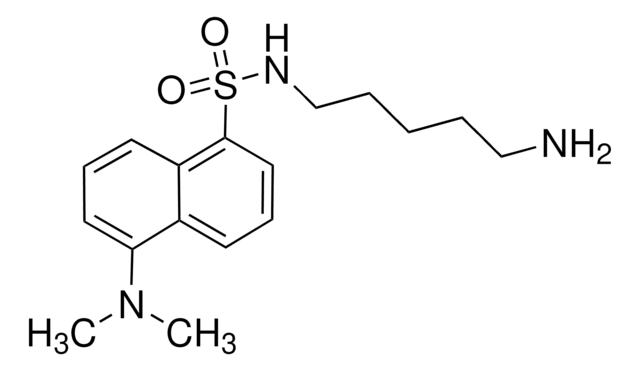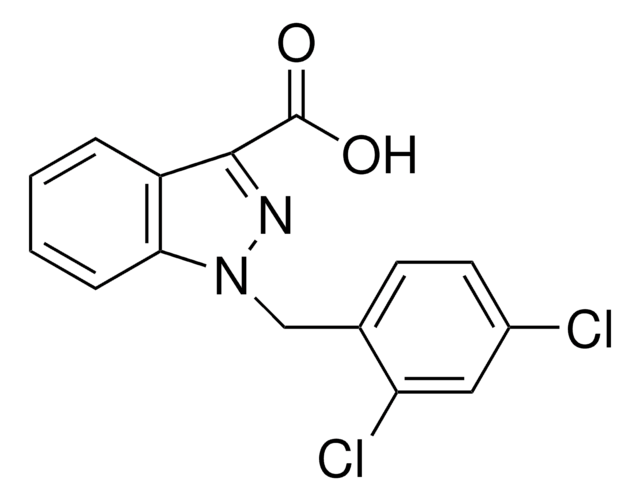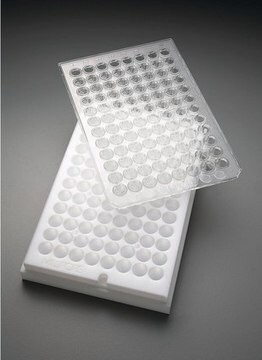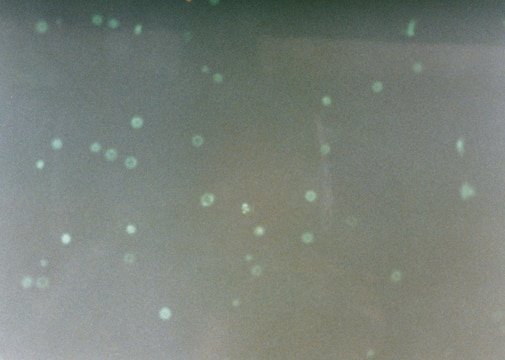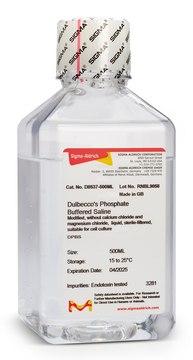Kluczowe dokumenty
SML2418
PS10
≥98% (HPLC)
Synonim(y):
2-[(2,4-Dihydroxyphenyl)sulfonyl]-2,3-dihydro-1H-isoindole-4,6-diol
About This Item
Polecane produkty
Próba
≥98% (HPLC)
Formularz
powder
kolor
white to beige
rozpuszczalność
DMSO: 2 mg/mL, clear
temp. przechowywania
2-8°C
ciąg SMILES
O=S(C1=C(O)C=C(O)C=C1)(N2CC(C(O)=CC(O)=C3)=C3C2)=O
InChI
1S/C14H13NO6S/c16-9-1-2-14(13(19)4-9)22(20,21)15-6-8-3-10(17)5-12(18)11(8)7-15/h1-5,16-19H,6-7H2
Klucz InChI
SVUZJWAAXPEMKJ-UHFFFAOYSA-N
Działania biochem./fizjol.
Kod klasy składowania
11 - Combustible Solids
Klasa zagrożenia wodnego (WGK)
WGK 3
Temperatura zapłonu (°F)
Not applicable
Temperatura zapłonu (°C)
Not applicable
Wybierz jedną z najnowszych wersji:
Certyfikaty analizy (CoA)
It looks like we've run into a problem, but you can still download Certificates of Analysis from our Dokumenty section.
Proszę o kontakt, jeśli potrzebna jest pomoc Obsługa Klienta
Masz już ten produkt?
Dokumenty związane z niedawno zakupionymi produktami zostały zamieszczone w Bibliotece dokumentów.
Nasz zespół naukowców ma doświadczenie we wszystkich obszarach badań, w tym w naukach przyrodniczych, materiałoznawstwie, syntezie chemicznej, chromatografii, analityce i wielu innych dziedzinach.
Skontaktuj się z zespołem ds. pomocy technicznej


